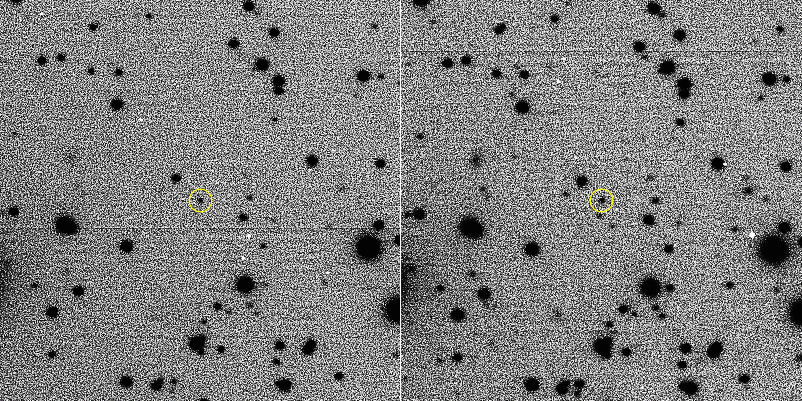Interstellar Immigrant: Asteroid From Another Star System Discovered Around Jupiter

The discovery of ʻOumuamua, the first ever interstellar object seen in the solar system, created headlines last year. Many thought the object could be an alien probe and whatnot, but the cigar-shaped rock entered and zoomed out of our neighborhood promptly.
However, its brief appearance did suggest that many more weird space rocks from different star-systems could be hiding in our system. Scientists have been searching for these objects through a bunch of ground and space-based telescopes and just recently, they found a permanent immigrant around Jupiter.
The asteroid, dubbed (514107) 2015 BZ509, is the first known interstellar visitor that is here to stay for a long time. It is currently captured in the gas giant’s orbit, but weirdly enough, it is not moving around sun-like all planets as a vast majority of space objects sitting in the system do. The space rock is moving in the opposite direction, in a retrograde orbit.
"How the asteroid came to move in this way while sharing Jupiter's orbit has until now been a mystery," Fathi Namouni, the lead author of the study, said in a statement. "If 2015 BZ509 were a native of our system, it should have had the same original direction as all of the other planets and asteroids, inherited from the cloud of gas and dust that formed them" during the formation of our solar system.
That said, the group ran computer simulations to delve into the history of this object and determine if it formed in our solar system or came from somewhere outside. They tracked the location of 2015 BZ509 back to the beginning of our solar system, the time when the first planets came to be. The results of the test revealed the object always moved in the opposite direction, something that could not have been possible unless it wasn’t originally there and later captured into the system.
"Asteroid immigration from other star systems occurs because the Sun initially formed in a tightly-packed star cluster, where every star had its own system of planets and asteroids," study co-author Helena Morais, said in the statement. "The close proximity of the stars, aided by the gravitational forces of the planets, help these systems attract, remove and capture asteroids from one another."
Something similar might have happened to 2015 BZ509, but more studies will be required to better understand this object, its origins, and how it settled into our solar neighborhood. Astronomers also believe the discovery and study of this rock could answer some of the most important questions related to the cosmos such as the history of the stellar cluster in which our sun came to be, the formation and evolution of the solar system, and how our young planet got the elements required to support the earliest form of life.
The study was published May 21 in the journal Monthly Notices of the Royal Astronomical Society: Letters.
© Copyright IBTimes 2024. All rights reserved.











